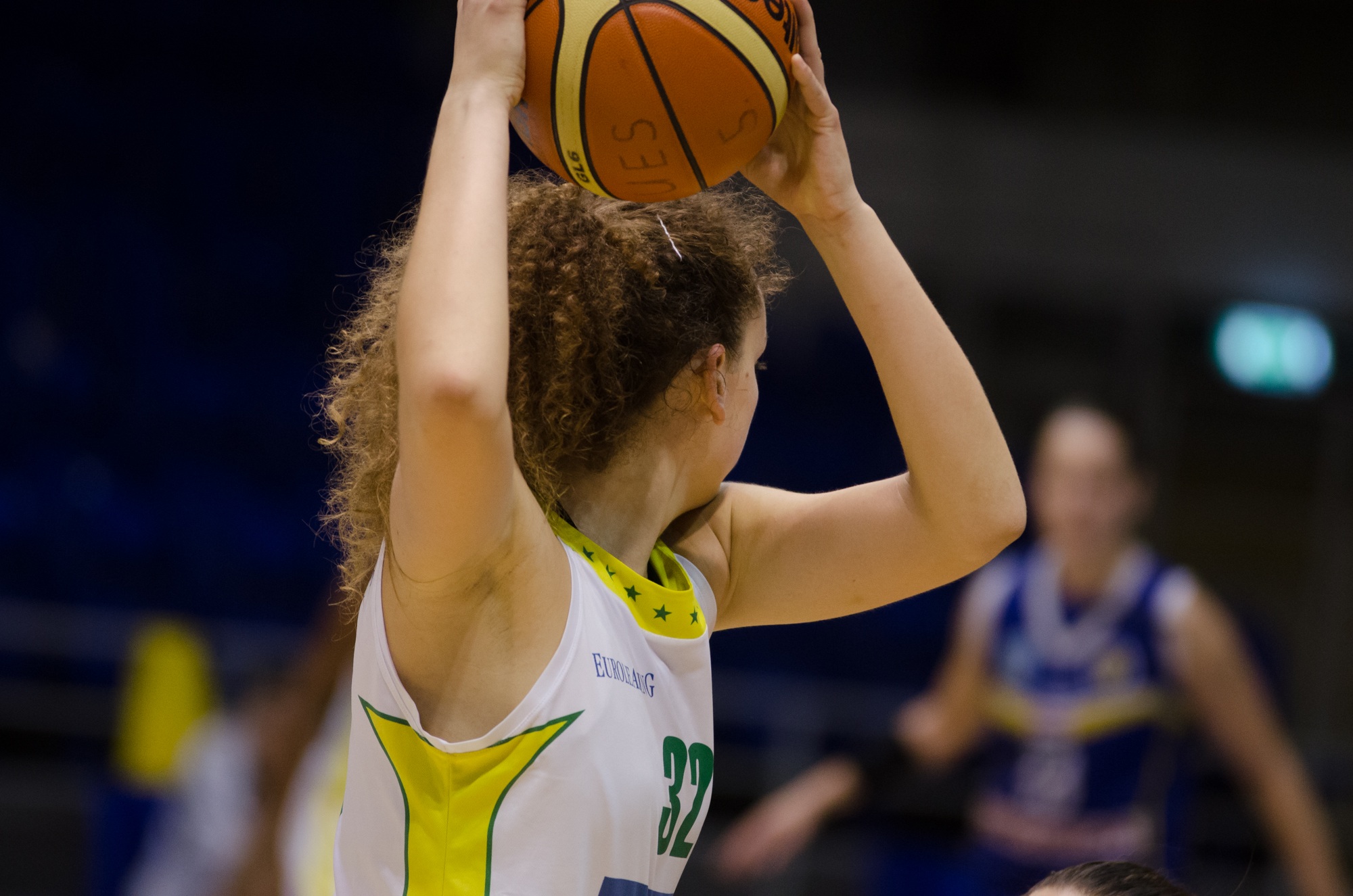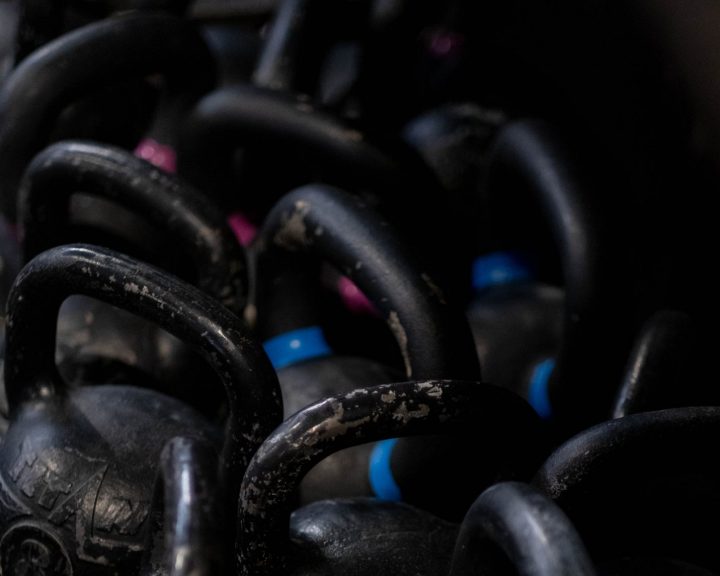Anterior cruciate ligament (ACL) tears are a devastating injury for an athlete and usually mean them being out for at least 8-9 months and maybe spending another season getting back to normal. From a strength and conditioning standpoint, there is not a lot that can be done to condition an athlete to prevent an ACL tear that is related to contact. However, noncontact ACL injuries may be another matter entirely. These are ACL tears that result from landing, from moving wrong, or just from a freak occurrence. For example, I once knew a collegiate football player who tore his ACL simply walking onto the field for a game.
In order to develop strength and conditioning programs to address these injuries, it’s important to know as much about them as possible. In the current issue of The American Journal of Sports Medicine, Beynnon et al take a look at first-time noncontact ACL injuries.
This study examined several things; first-time noncontact ACL injury rates at the high school and collegiate level as well as how level of competition, sport, and sex influenced first-time noncontact ACL injuries. To determine this, the authors examined 8 collegiate and 18 high schools in Vermont, focusing on (collegiate) men’s soccer, basketball, lacrosse, football, and rugby as well as women’s soccer, basketball, lacrosse, field hockey, rugby, and volleyball. At the high school level the authors looked at boy’s soccer, basketball, lacrosse, and football as well as girl’s soccer, basketball, lacrosse, and field hockey. The authors looked at 2008-2012.
Results:
The authors use incidence rates to measure noncontact ACL injuries. This is determined by dividing the number of noncontact ACL injuries by the numbers of person-days of athlete exposure (practices plus games). The results are interesting and a little different for collegiate athletes and high school athletes.
• For collegiate female athletes volleyball, rugby, and soccer had the highest incidence rates. The rates for these sports are almost three times higher than the next sport (basketball), almost four times higher than lacrosse, and almost thirteen higher than field hockey.
• For collegiate male athletes soccer, football, and rugby had the highest incidence rates. The rates for these sports were double that for lacrosse (next on the list) and three to four times the rate for basketball.
• For high school girls the sport with the highest incidence rate was soccer, with lacrosse and basketball having about half the incident rate.
• For high school boys football and lacrosse were close to each other in terms of incidence rates, followed by basketball and soccer.
• Overall the incidence rates for female athletes were almost double that of male athletes.
• Collegiate athletes had an incidence rate almost two –and-a-half times greater than high school athletes.
Before proceeding, there are a few things to keep in mind. First, the sample is pretty specific (i.e. high school and collegiate athletes in Vermont). This means that the results may or may not apply to different situations. Second, the authors are not distinguishing between injuries in practices or games. Third, we don’t know if certain positions in these sports suffer injuries at a higher rate. Finally, when reading the results, keep in mind that the way the authors calculated athlete exposure may create some error with the results that they are reporting. For college teams the authors went to the team’s website and determined the number of games and practices from the first day of pre-season through the last tournament game. This number was multiplied by the number of players on the roster to determine the team’s person-days of athlete exposure. A similar procedure was used for high school teams. Note that this does not factor in whether certain athletes participated in the practice or game, how much, etc.
With the above in mind, I find this a fascinating study. At the collegiate level, soccer and rugby have a high incidence rate for both male and female athletes. I’m not surprised about soccer, but have not followed rugby enough to know that about the sport. I also would have expected basketball to be higher on both lists.
At the high school level, soccer shows up again for the girls. For the boys sports, while football is at the top its incidence rate is approximately .06 injuries per 1000 person-days (compared to .16 at the collegiate level).
Once again, another study documents that females have higher incidence rates for noncontact ACL injuries. It is also interesting that collegiate athletes have a higher incidence rate than high school athletes.
All of which provides some very interesting information for a strength and conditioning coach. It reinforces the need to work on landing mechanics, hamstring strength, and prehab exercises for female athletes at all levels. But, it also suggests the need to focus on these things for male soccer, rugby, and football players as well.
Beynnon, B.D., Vacek, P.M. Newell, M.K., tourville, T.W., Smith, H.C., Shultz, S.J., Slauterbeck, J.R., and Johnson, R.J. (2014). The effects of level of competition, sport, and sex on the incidence of first-time noncontact anterior cruciate ligament injury. The American Journal of Sports Medicine, 42(8): 1806-1812.



